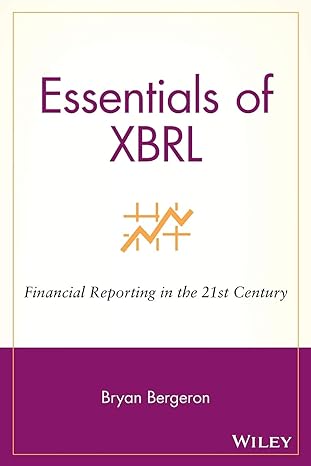Answered step by step
Verified Expert Solution
Question
1 Approved Answer
Data: only requirement 3 needs an answer Garland Labs produces a drug used for the treatment of arthritis. The drug is produced in batches. (Click
 Data:
Data:



 only requirement 3 needs an answer
only requirement 3 needs an answer
Step by Step Solution
There are 3 Steps involved in it
Step: 1

Get Instant Access to Expert-Tailored Solutions
See step-by-step solutions with expert insights and AI powered tools for academic success
Step: 2

Step: 3

Ace Your Homework with AI
Get the answers you need in no time with our AI-driven, step-by-step assistance
Get Started


